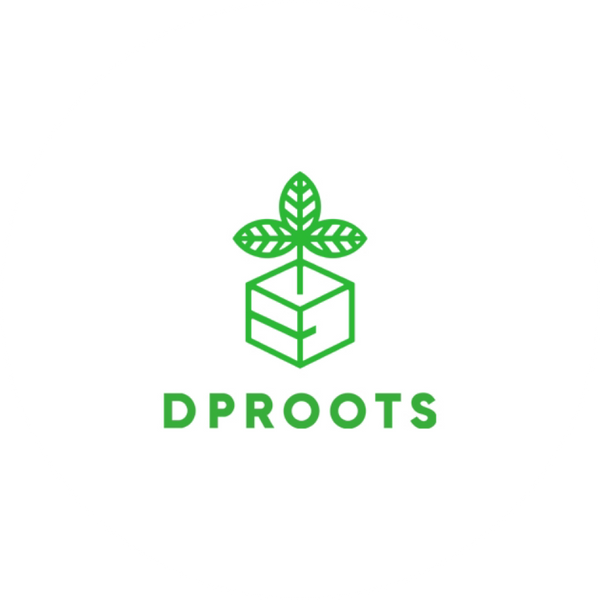10 Best Vegetables and Herbs for Hydroponic Gardening: From Lettuce to Strawberries
Share
Hydroponic gardening offers an efficient and space-saving way to grow fresh produce year-round. Whether you’re a beginner or an experienced gardener, this guide explores the top 10 vegetables and herbs perfect for hydroponic systems. We’ll also answer common questions to help you optimize your setup.
Growing Lettuce Hydroponically
Lettuce is a hydroponic favorite due to its rapid growth and low maintenance. Varieties like butterhead, romaine, and leaf lettuce thrive in nutrient film technique (NFT) or deep water culture (DWC) systems.
-
Light: 10–14 hours daily under LED or fluorescent lights.
-
pH Range: 5.5–6.5.
-
Harvest: Ready in 3–4 weeks for baby greens or 6–8 weeks for full heads.
Pro Tip: Keep water temperatures below 75°F (24°C) to prevent bitterness.
Growing Spinach Hydroponically
Spinach grows exceptionally well in hydroponics, producing tender leaves packed with nutrients. Opt for systems like DWC or ebb and flow.
-
Light: 12–14 hours daily.
-
pH Range: 6.0–7.0.
-
Harvest: Snip outer leaves in 4–6 weeks for continuous growth.
Growing Basil Hydroponically
A staple herb for hydroponics, basil thrives in warm conditions and high light. Use drip systems or NFT for optimal results.
-
Light: 14–16 hours daily.
-
pH Range: 5.5–6.5.
-
Harvest: Trim stems above leaf nodes every 3–4 weeks to encourage bushiness.
Growing Strawberries Hydroponically
Hydroponic strawberry systems yield sweet, juicy berries without soil-borne pests. Vertical towers or Dutch bucket systems work best.
-
Light: 12–16 hours daily.
-
pH Range: 5.8–6.2.
-
Pollination: Gently shake flowers or use a soft brush to mimic bees.
Growing Kale Hydroponically
Kale’s hardiness makes it ideal for hydroponics. It flourishes in DWC or aeroponic setups.
-
Light: 12–14 hours daily.
-
pH Range: 5.5–6.5.
-
Harvest: Pick outer leaves after 6–8 weeks.
Growing Mint Hydroponically
Mint grows vigorously in hydroponics but can become invasive. Isolate it in a separate DWC or NFT system.
-
Light: 12–14 hours daily.
-
pH Range: 6.0–7.0.
-
Tip: Prune regularly to control growth and enhance flavor.
Growing Tomatoes Hydroponically
A hydroponic tomato system requires support for vines. Use Dutch buckets or drip irrigation with perlite/coco coir.
-
Light: 14–18 hours daily.
-
pH Range: 5.5–6.5.
-
Harvest: Expect fruits in 8–12 weeks, depending on the variety.
Growing Cilantro Hydroponically
Cilantro thrives in cooler hydroponic setups. NFT or aeroponics help prevent root rot.
-
Light: 10–12 hours daily.
-
pH Range: 6.5–7.0.
-
Harvest: Cut leaves 3–4 weeks after germination.
Growing Cucumbers Hydroponically
Cucumbers need vertical space and sturdy support. Dutch buckets or trellised NFT systems are ideal.
-
Light: 14–16 hours daily.
-
pH Range: 5.8–6.0.
-
Pollination: Hand-pollinate female flowers for higher yields.
Growing Peppers Hydroponically
Peppers adapt well to hydroponics, especially compact varieties. Use DWC or drip systems.
-
Light: 14–16 hours daily.
-
pH Range: 5.5–6.5.
-
Harvest: Fruits mature in 8–10 weeks after flowering.
Frequently Asked Questions (FAQs)
1. How much light do hydroponic tomatoes need?
Tomatoes require 14–18 hours of bright light daily. Full-spectrum LEDs are recommended for fruiting stages.
2. Can strawberries grow in low-light hydroponic systems?
No. Strawberries need 12–16 hours of strong light to produce flowers and fruits.
3. How often should I replace hydroponic nutrient solution?
Refresh the solution every 2–3 weeks, or top it off with water and nutrients as levels drop.
4. Do hydroponic herbs taste different from soil-grown ones?
Flavor is similar, but hydroponic herbs often have a cleaner, more intense taste due to controlled nutrient intake.
5. What’s the easiest hydroponic system for beginners?
Deep water culture (DWC) is beginner-friendly, requiring minimal equipment and monitoring.
Final Thoughts
Hydroponic gardening unlocks endless possibilities for growing fresh, pesticide-free produce. Start with easy crops like lettuce or herbs, then experiment with strawberries and tomatoes as you gain confidence. Remember to monitor pH, light, and nutrients closely—your plants will thank you with bountiful harvests!
By tailoring your system to each plant’s needs, you’ll enjoy a thriving indoor garden no matter the season. Happy growing!
